how to change or add soil to an area ?
Ruchi Oswal
4 years ago
Featured Answer
Comments (18)
Patricia Colwell Consulting
4 years agogardengal48 (PNW Z8/9)
4 years agoRelated Professionals
Carson Landscape Architects & Landscape Designers · Washington Interior Designers & Decorators · Morganton Architects & Building Designers · Genova Furniture & Accessories · Arkansas City General Contractors · Saginaw General Contractors · Toledo General Contractors · Otsego Landscape Architects & Landscape Designers · San Juan Landscape Architects & Landscape Designers · Gainesville Landscape Contractors · Cerritos Landscape Contractors · Miller Place Landscape Contractors · Albemarle Decks, Patios & Outdoor Enclosures · Haddonfield Decks, Patios & Outdoor Enclosures · Orangevale Swimming Pool Buildersken_adrian Adrian MI cold Z5
4 years agoladybug A 9a Houston area
4 years agoVan Zelst Inc
4 years agoapple_pie_order
4 years agoRuchi Oswal
4 years agofloral_uk z.8/9 SW UK
4 years agoRuchi Oswal
4 years agoapple_pie_order
4 years agoBloomingbug
4 years agofloral_uk z.8/9 SW UK
4 years agoemmarene9
4 years agotoxcrusadr
4 years agoRuchi Oswal
4 years agoRuchi Oswal
4 years agotoxcrusadr
4 years ago
Related Stories
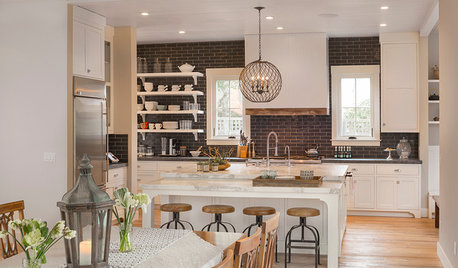
TRANSITIONAL HOMESHouzz Tour: Change of Heart Prompts Change of House
They were set for a New England look, but a weekend in the California wine country changed everything
Full Story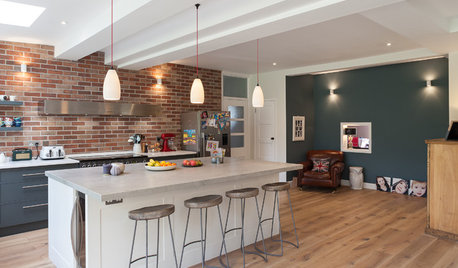
ADDITIONSA 1930s English House Gets a New Kitchen and Dining Area
The addition respects the home’s era while anticipating the changing needs of a modern family of 5
Full Story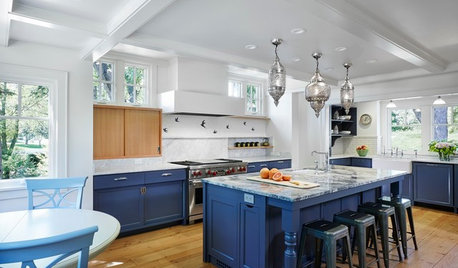
RANCH HOMESHouzz Tour: Ranch House Changes Yield Big Results
An architect helps homeowners add features, including a new kitchen, that make their Minnesota home feel just right
Full Story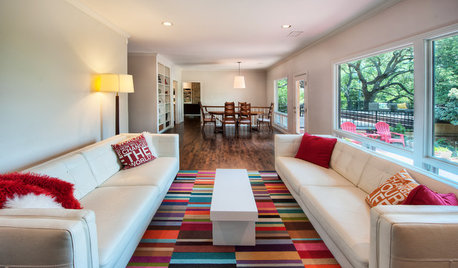
PATTERN17 Gorgeous Ways to Work In a Patterned Area Rug
Add spark underfoot and pull a room together all around with a patterned rug as bold or subtle as you please
Full Story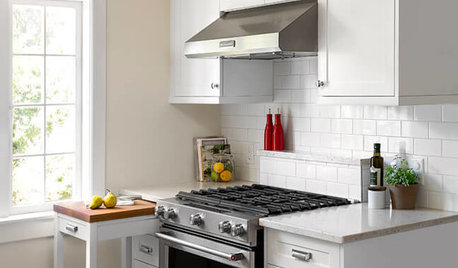
SMALL KITCHENSA Pullout Countertop Adds Function to a 90-Square-Foot Kitchen
See how a tucked-away workspace near the stove gives this family of 4 the prep area they need
Full Story
LIVING ROOMSLiving Room Revamp Adds Appealing Energy
Vibrant furnishings and purposeful seating areas give this Massachusetts family a more inviting and functional space
Full Story
GARDENING GUIDESInvite Cellophane Bees to Your Garden by Providing Patches of Bare Soil
Look for cellophane bees (Colletes) pollinating flowering trees and shrubs in U.S. gardens this spring
Full Story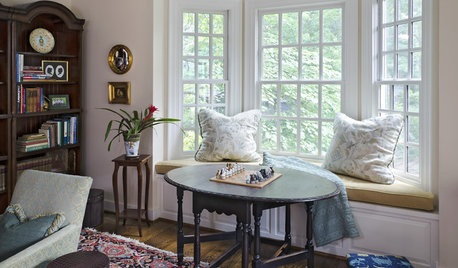
GREAT HOME PROJECTSHow to Add a Window Seat
Get a comfy, cozy spot with a view — and maybe even extra storage too
Full Story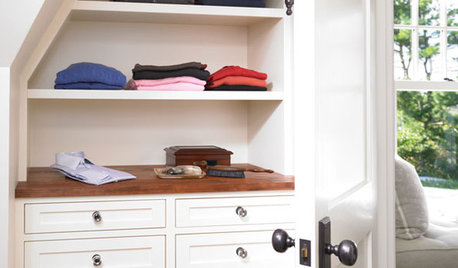
DECORATING GUIDESSmall Changes to Simplify Your Long-Term Storage
Conquer your attic and basement storage in more than a day, with these easy, bite-size steps for sorting, storing and protecting your stuff
Full Story
OUTDOOR PROJECTSHouzz Call: How Have You Changed Your Outdoor Space?
Did you upgrade your yard, balcony, patio or deck recently? We want to hear all about it
Full StoryMore Discussions






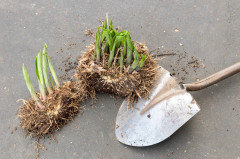

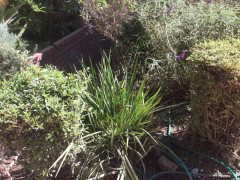
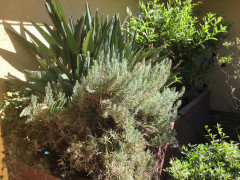
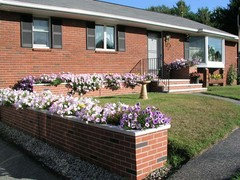
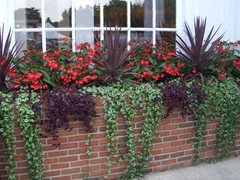



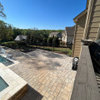

gardengal48 (PNW Z8/9)